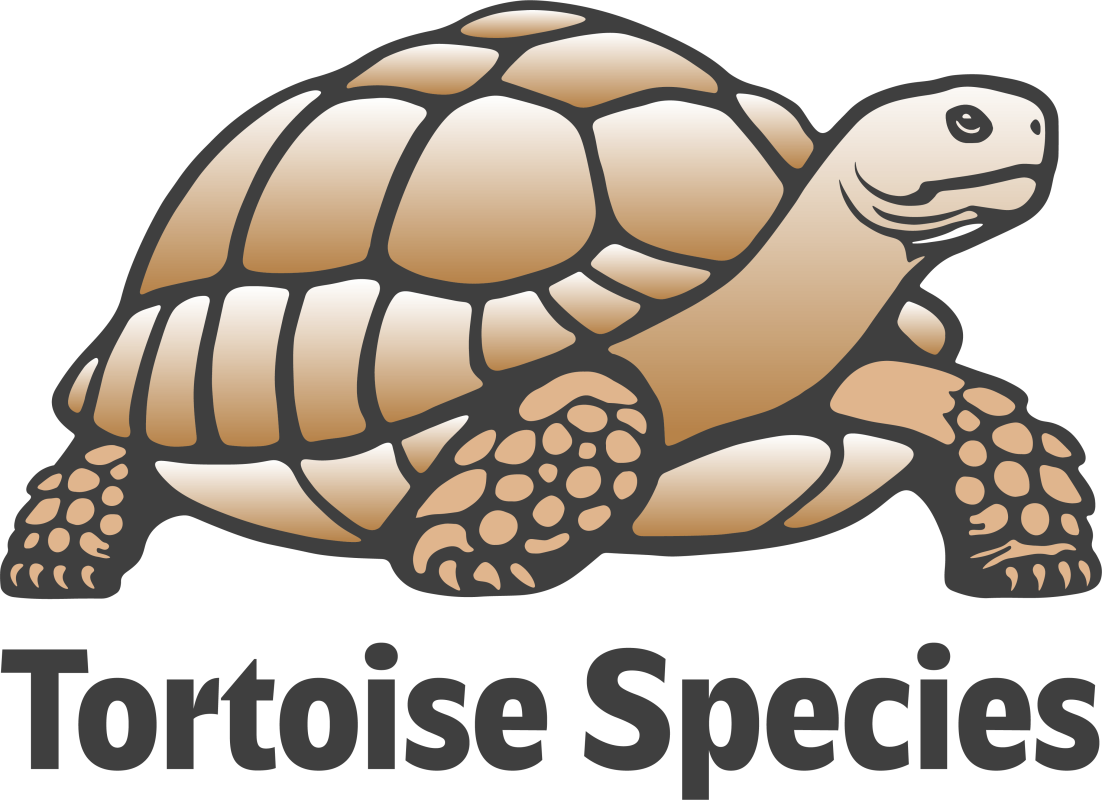The Leopard Tortoise (Geochelone pardalis) is one of the most distinctive and captivating tortoise species in the world. Named for its unique spotted shell that resembles a leopard’s markings, this remarkable reptile is a jewel of the African savannah, capturing the hearts of wildlife enthusiasts and reptile lovers alike.
Characteristics of the Leopard Tortoise

Size and Weight
Leopard tortoises are impressive in stature, ranking among the larger tortoise species. Adult leopard tortoises can grow to substantial sizes, with some individuals reaching up to 24 inches (60 cm) in length and weighing up to 40 pounds (18 kg). Their large size makes them one of the most substantial tortoise species in the world.
Lifespan
These remarkable creatures are known for their exceptional longevity. In optimal conditions, leopard tortoises can live 50-100 years, making them lifelong companions for dedicated reptile enthusiasts and a testament to the species’ remarkable hardiness.
Shell Variations
The most striking feature of the leopard tortoise is undoubtedly its shell. Characterized by intricate, spot-like patterns that give the species its name, each shell is unique. The base color is typically yellow to tan, overlaid with black or dark brown spots and patterns that provide excellent camouflage in their native savannah habitat.
Habitat and Diet

Natural Habitat
Native to the diverse landscapes of eastern and southern Africa, leopard tortoises thrive in a variety of habitats, including savannahs, grasslands, and semi-arid regions. Their adaptability is a key factor in their survival, allowing them to navigate through different environmental conditions.
Dietary Habits
As herbivores, leopard tortoises have a diet primarily consisting of:
- Grasses
- Succulents
- Fallen fruits
- Occasional flowers
- Low-lying vegetation
Their diet plays a crucial role in their ecosystem, helping to maintain vegetation balance in their native habitats.
Behavior and Social Structure

Leopard tortoises are primarily solitary creatures, spending most of their time foraging, basking, and moving slowly through their environment. Unlike some reptile species, they do not form complex social groups but instead lead relatively independent lives.
Unique Behaviors
- Basking in sunlight to regulate body temperature
- Burrowing to escape extreme temperatures
- Territorial during breeding seasons
Reproduction
Breeding in leopard tortoises involves complex courtship rituals. Females lay clutches of 5-10 eggs in carefully selected ground nests. The eggs incubate for approximately 8-15 months, depending on environmental conditions, showcasing the species’ remarkable reproductive adaptations.
Conservation Status

Threats
Leopard tortoises face numerous challenges:
- Habitat loss due to human expansion
- Illegal pet trade
- Climate change impacts
- Predation
Conservation Efforts
Multiple strategies are being implemented to protect these incredible creatures:
- Habitat preservation
- Breeding programs
- International trade regulations
- Public education and awareness campaigns
Leopard Tortoise as a Pet

Considerations for Pet Ownership
While popular in the pet trade, leopard tortoises require specialized care:
- Large, secure enclosure
- Specific temperature and humidity requirements
- Specialized diet
- Regular veterinary check-ups
- Understanding of their complex needs
Ecological Role
In their native ecosystems, leopard tortoises play a vital role:
- Seed dispersal
- Vegetation management
- Supporting biodiversity
Conclusion
The leopard tortoise is more than just a reptile—it’s a living testament to nature’s incredible design. From its stunning spotted shell to its critical role in African ecosystems, this species continues to fascinate and inspire conservation efforts worldwide.





